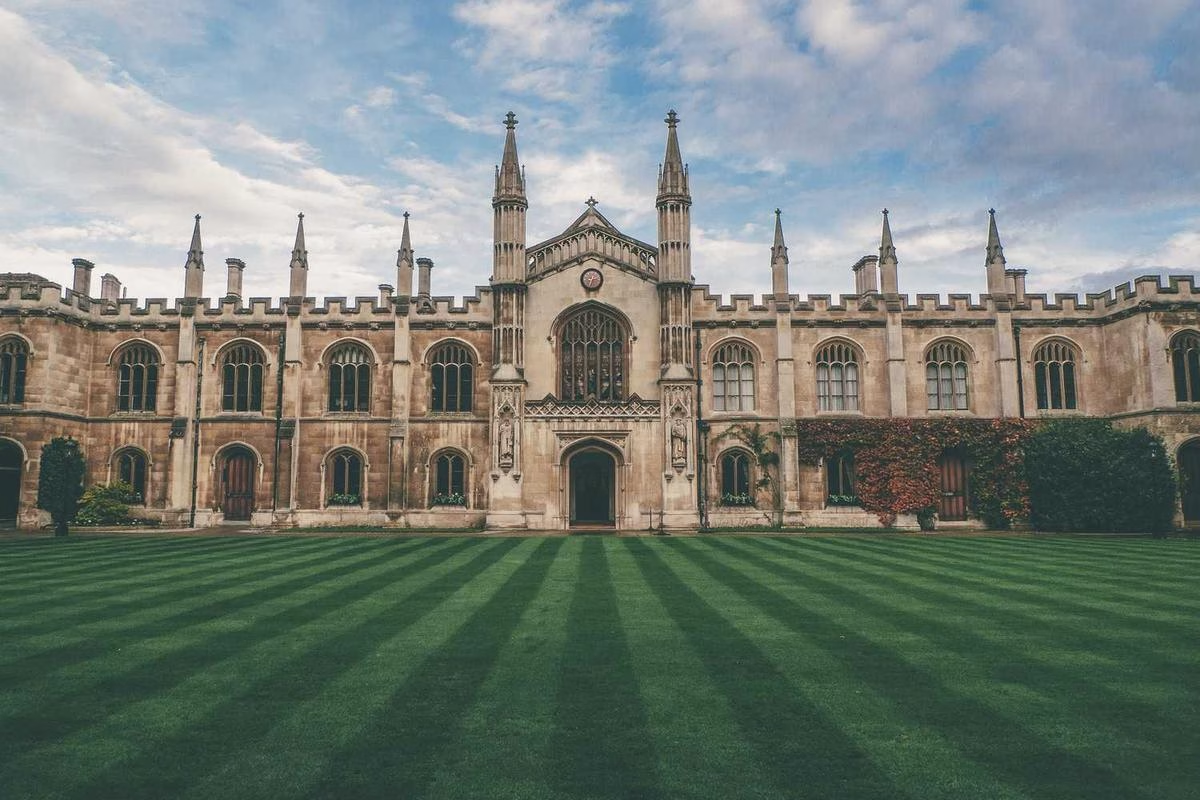Background
The Mid-Autumn Festival, known as Zhongqiu Jie in Mandarin, is one of the most cherished and widely observed holidays across East and Southeast Asia. Falling on the 15th day of the eighth lunar month, when the moon is at its fullest and brightest, this festival is a vibrant tapestry woven with threads of ancient mythology, agricultural gratitude, and profound familial bonds. While modern celebrations often feature colorful lanterns, sweet mooncakes, and lively gatherings, the true significance of the Mid-Autumn Festival runs much deeper, serving as a timeless reminder of unity, reflection, and cultural continuity.

Why It Matters
Historically, the festival has its roots in China’s agrarian past, where the autumn moon symbolized the culmination of the harvest season. Farmers would offer thanks to the lunar deities for a bountiful yield and pray for continued prosperity. Over centuries, this practice evolved, absorbing layers of cultural and philosophical meaning. The round shape of the moon became a powerful metaphor for wholeness and reunion, making the festival an occasion for families to come together, often traveling great distances to share a meal under the luminous night sky. This emphasis on familial unity is perhaps the most enduring aspect of the celebration, echoing Confucian values that prioritize harmony and collective well-being.
Mythology also plays a central role in enriching the festival’s significance. The legend of Chang’e, the Moon Goddess, is perhaps the most beloved tale associated with Mid-Autumn. As the story goes, Chang’e consumed an elixir of immortality and ascended to the moon, where she resides with a jade rabbit. Her husband, Houyi, a legendary archer, gazes longingly at the moon each year, symbolizing eternal love and separation. This narrative not only adds a layer of romantic poignancy to the festivities but also encourages reflection on themes of sacrifice, devotion, and the human desire for transcendence. Similarly, other tales, such as that of the Jade Rabbit grinding herbs for the elixir of life, reinforce values of kindness and perseverance.
In contemporary times, the Mid-Autumn Festival has adapted to modern lifestyles while retaining its core essence. Urban celebrations might include public lantern displays, cultural performances, and even technology-driven activities like virtual reunions for families separated by geography. Yet, the heart of the festival remains unchanged: it is a time to pause, appreciate the abundance of life, and strengthen connections with loved ones. The exchange of mooncakes, often intricately designed and filled with sweet pastes or salted egg yolks, is not merely a culinary tradition but a gesture of goodwill and sharing, embodying the spirit of generosity that the festival promotes.
According to a recent study published in the Journal of Asian Cultural Studies (2023), the Mid-Autumn Festival significantly boosts psychological well-being among participants. The research, conducted across multiple East Asian countries, found that individuals who engaged in traditional festival activities reported higher levels of life satisfaction and reduced feelings of loneliness. The study attributes these benefits to the festival’s emphasis on social bonding, ritualistic practices that foster a sense of belonging, and the opportunity for mindfulness as people gather to admire the moon’s beauty. This underscores the festival’s role not just as a cultural event but as a meaningful practice that supports mental and emotional health in fast-paced societies.
Beyond its immediate social and emotional impacts, the Mid-Autumn Festival serves as a vital conduit for cultural transmission. Through storytelling, culinary traditions, and artistic expressions like poetry and dance, younger generations learn about their heritage and the values that have sustained their communities for millennia. In an era of globalization, such festivals act as anchors of identity, helping to preserve linguistic, artistic, and philosophical traditions that might otherwise be diluted. They offer a space where ancient wisdom is passed down, ensuring that the lessons of the past continue to inform and enrich the present.
Moreover, the festival’s symbolism extends to broader universal themes that resonate across cultures. The moon, as a celestial body, has always inspired awe and curiosity in humanity, representing constancy amidst change. In celebrating the Mid-Autumn Festival, people are invited to contemplate their place in the cosmos, to acknowledge the cycles of nature, and to find joy in simple, shared moments. This universal appeal has led to the festival’s growing recognition worldwide, with multicultural cities often hosting public events that introduce these rich traditions to diverse audiences, fostering cross-cultural understanding and appreciation.
In essence, the Mid-Autumn Festival is far more than a seasonal holiday; it is a profound cultural institution that nurtures unity, gratitude, and continuity. It reminds us of the importance of coming together, of giving thanks for the harvests in our lives—whether literal or metaphorical—and of honoring the stories and values that define us. As lanterns glow and mooncakes are shared under the silvery light of the full moon, the festival continues to weave its magic, connecting past, present, and future in a celebration that is both deeply personal and universally meaningful.
You May Also Like
Ancient Craftsmanship & ICH Herbal Beads Bracelet with Yellow Citrine & Silver Filigree Cloud-Patterned Luck-Boosting Beads
Original price was: $128.00.$89.00Current price is: $89.00. Add to cart- handmade-tote-ethnic-boho-large-capacity-shoulder-bag/" class="woocommerce-LoopProduct-link woocommerce-loop-product__link">Add to cart


Guangxi Zhuang Brocade Handmade Tote – Ethnic Boho Large-Capacity Shoulder Bag
Original price was: $172.00.$150.00Current price is: $150.00. Add to cart Handwoven Zhuang Brocade Tote Bag – Large-Capacity Boho Shoulder Bag
Original price was: $178.00.$154.00Current price is: $154.00. Add to cartThe Palace Museum Paper-Cut Light Art Fridge Magnets: Chinese Cultural Style Creative Gift Series
Price range: $27.00 through $36.00 Select options This product has multiple variants. The options may be chosen on the product page






